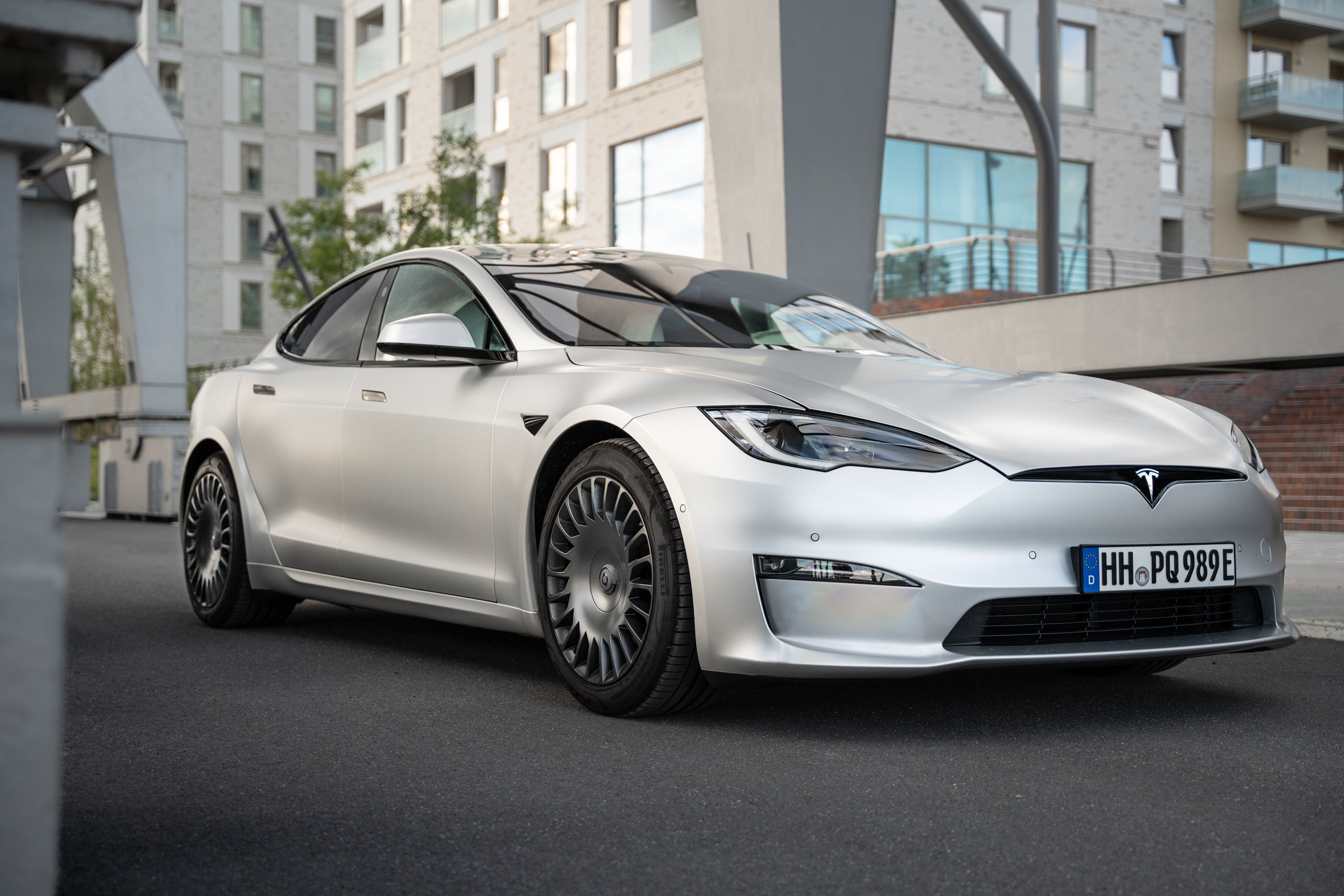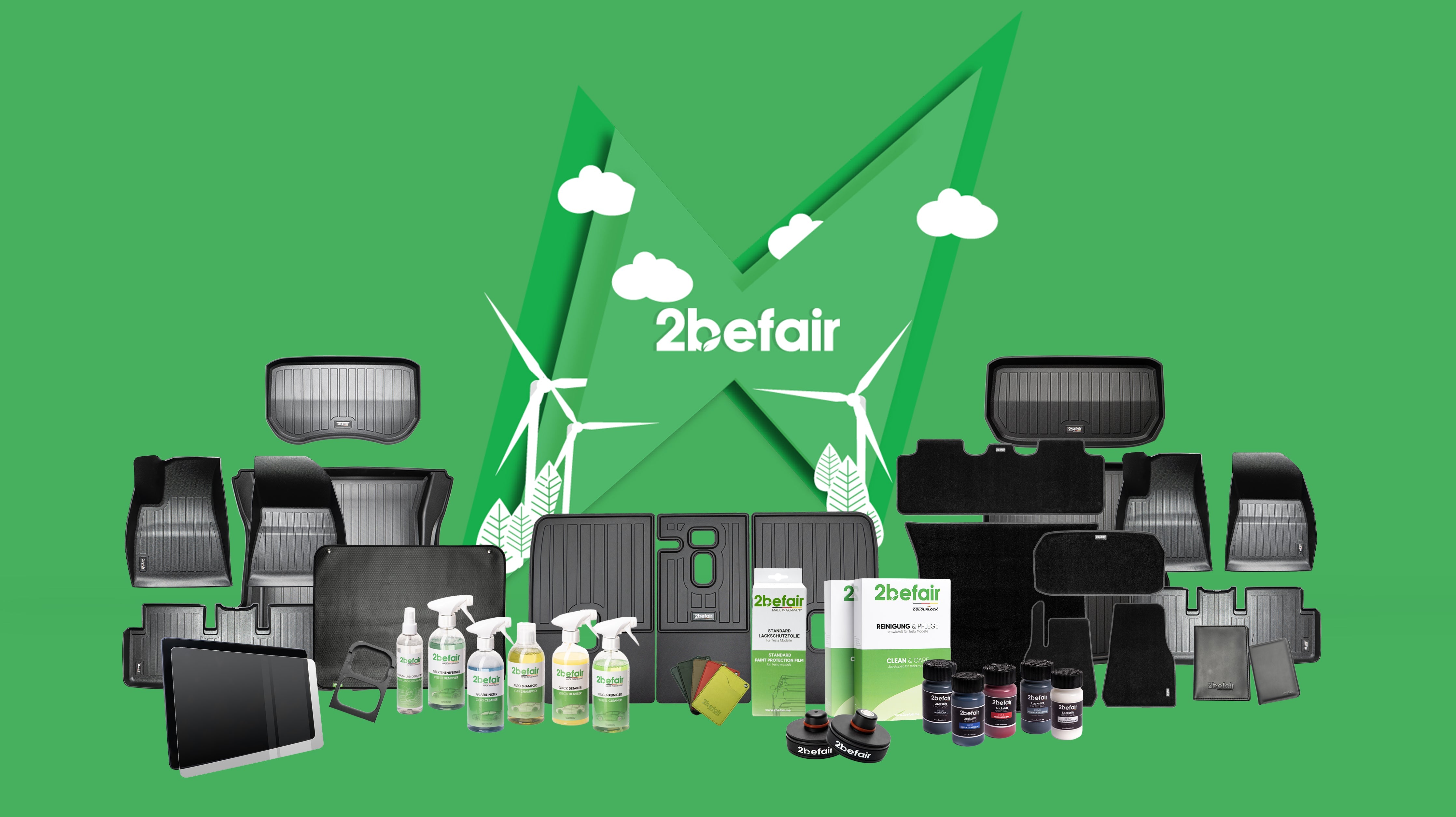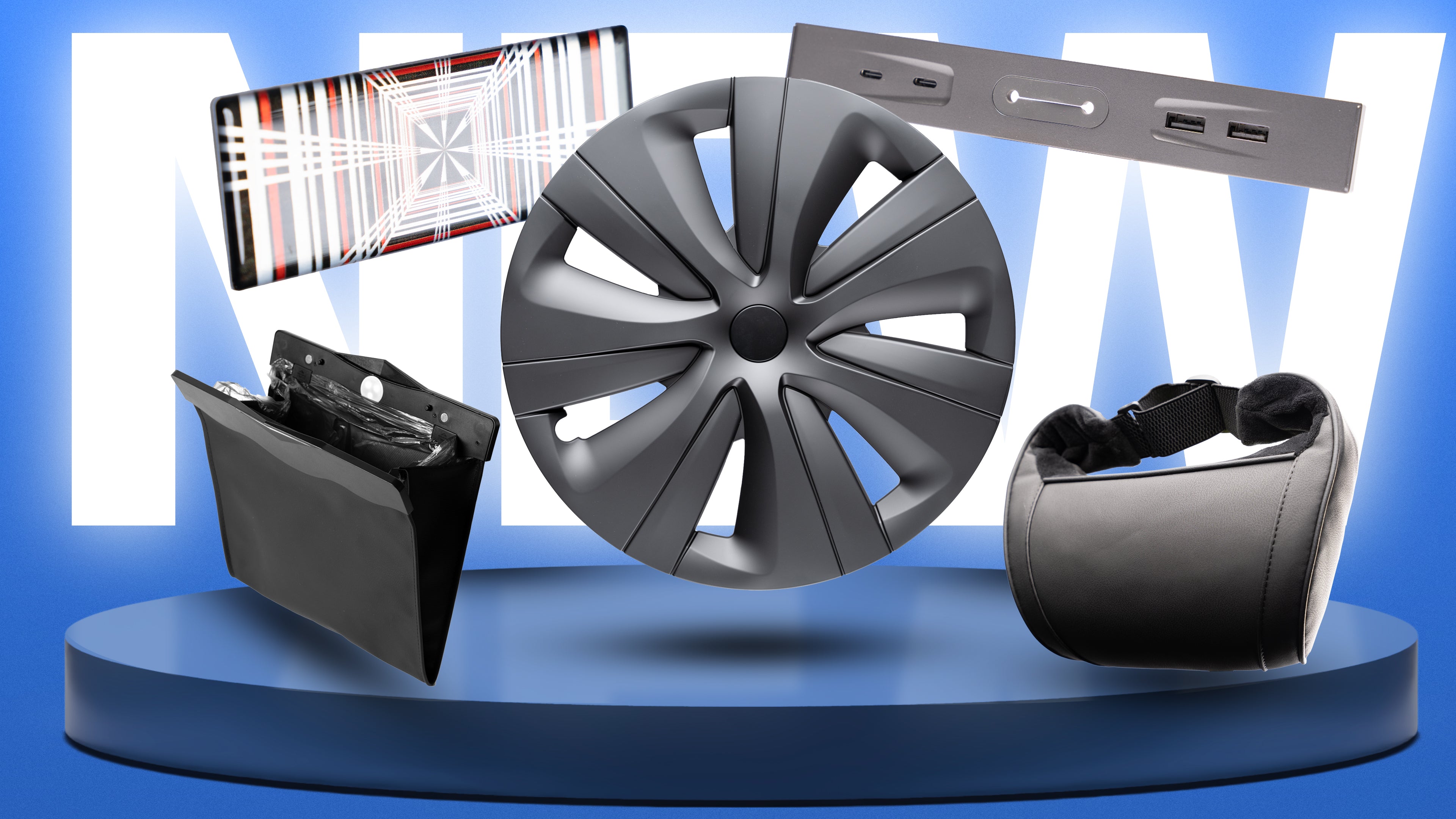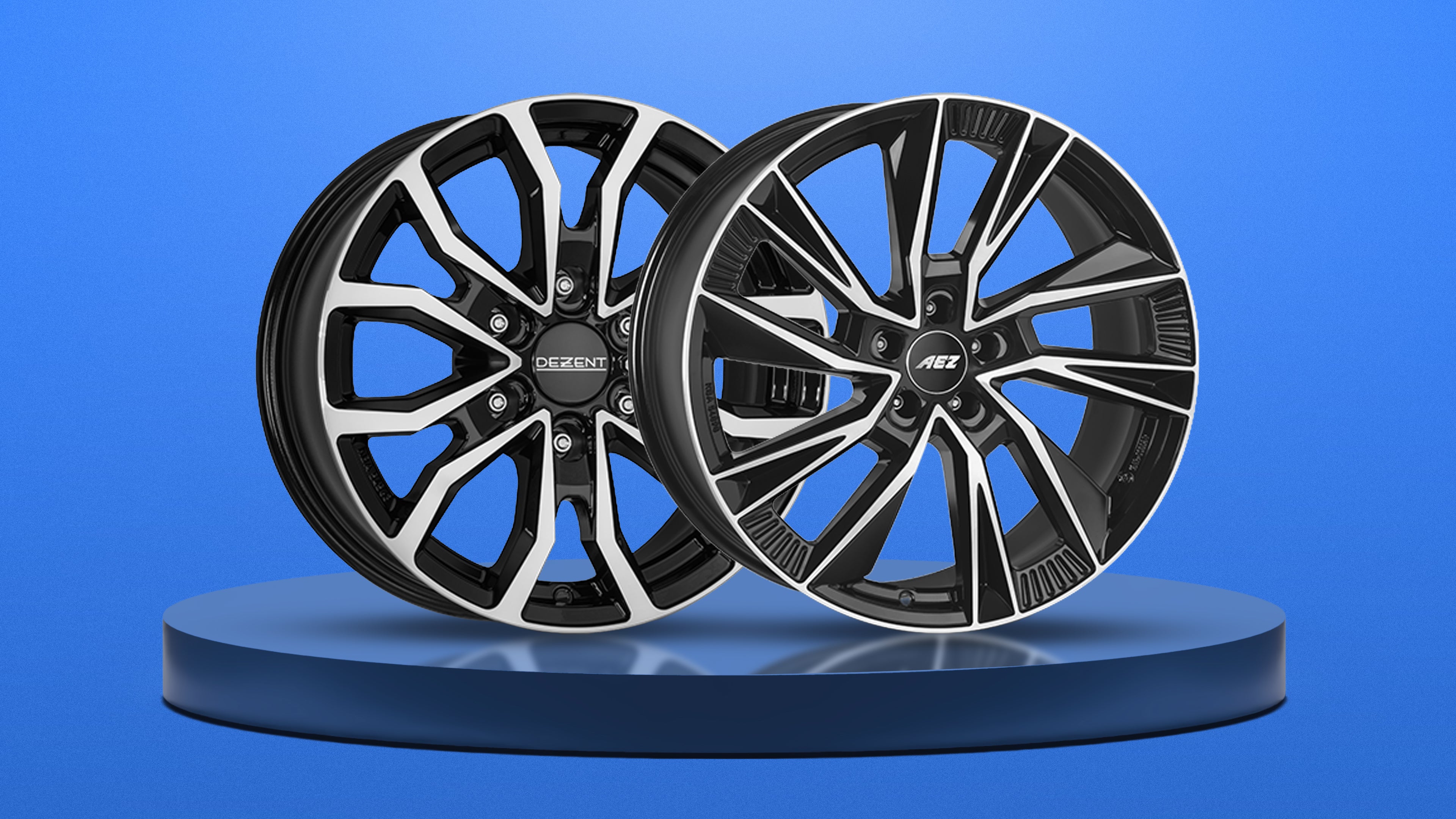Tesla is once again revolutionizing automotive production: with the "unboxed" production system currently being tested in Austin (Texas), the Tesla from classic assembly line production. This method, which was introduced by Henry Ford over 100 years ago and is still considered the industry standard today, is therefore facing a potential upheaval.
What is the "unboxed" system?
In contrast to traditional assembly line production, in which the car body is completely assembled and then all other components are added one after the other, the unboxed Tesla breaks new ground. In the "unboxed" process, larger vehicle parts, such as the front and rear sections, the side panels and the underbody, initially remain separate. These are processed in parallel in separate production lines, which significantly increases efficiency.
Innovation boost from electric cars
The unboxed system is particularly suitable for the architecture of electric vehicles, as these require fewer complex components than conventional combustion vehicles. Tesla The company uses these advantages to drastically reduce both costs and production time with new production methods. Gigacasting, in which large parts of the car body are produced in a single casting, has already made it possible to Tesla considerably simplify and speed up production. The unboxed process now represents the next step.
Tesla's long-term strategy
Behind this production innovation is Tesla's goal of further reducing the cost of electric cars and thus offering affordable vehicles for the mass market. By 2026 Tesla the introduction of a new model for around 25,000 US dollars. This vehicle, known by the codename "Redwood", will fully utilize the next generation of Tesla's vehicle architecture and the unboxed system. This would not only reduce production costs, but also enable more efficient scaling.
Keeping an eye on the competition from China
Tesla Tesla no longer sees itself solely as a challenger to the traditional automotive industry in Europe and the USA. The real competition comes from China, where electric vehicles are already being produced at lower prices and in large quantities. In order to withstand this pressure Tesla on continuous process innovations. Experts such as Stefan Bratzel, Head of the Center of Automotive Management, see the reduction of production costs along the entire value chain as the key to the breakthrough of electric vehicles.
Challenges and opportunities
According to the consulting firm Caresoft, the unboxed system could reduce a factory's space requirements by up to 30 percent and its personnel requirements by 40 percent. However, Tesla's past also shows that the implementation of new production processes does not always run smoothly. With the Model 3 failed Tesla with its attempt to automate production too much. It remains to be seen whether the unboxed system will manage this balancing act between automation and flexibility.
The difference: Tesla's culture of innovation
What Tesla Tesla differs from traditional car manufacturers is its unconventional approach, which is deeply rooted in its corporate culture. While the established automotive industry often sticks to old processes, Tesla pursues an unconventional approach. Tesla The principle of "First Principles": everything is questioned, only physical laws are considered irrefutable. This willingness to experiment creates Tesla This willingness to experiment repeatedly creates a head start and forces the competition to follow suit.
Conclusion: The future of automotive production
Tesla is positioning itself as a pioneer of a new era in vehicle production with the unboxed system. Similar to Henry Ford over 100 years ago Tesla could once again revolutionize the way vehicles are manufactured. If the unboxed system proves successful, it could make the assembly line as we know it superfluous and Tesla once again establish itself as an innovation leader in the automotive industry.


































